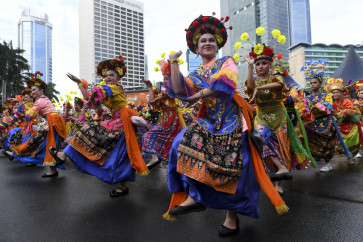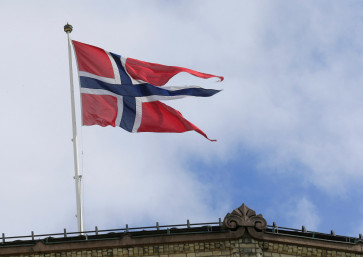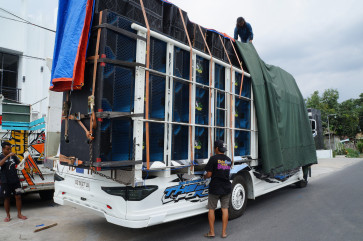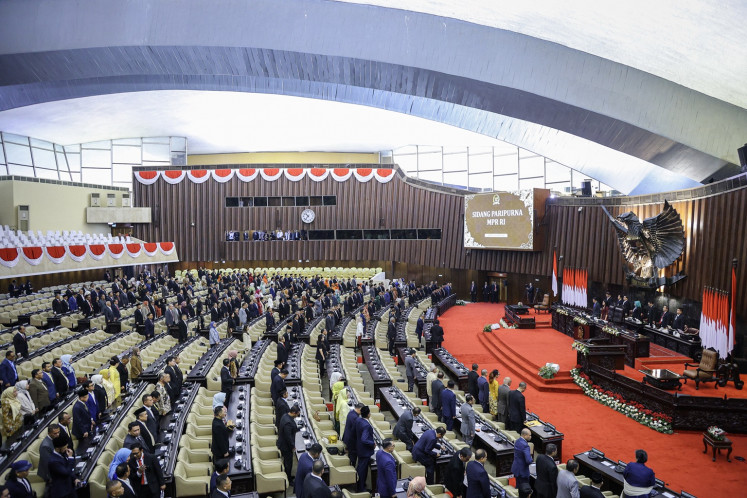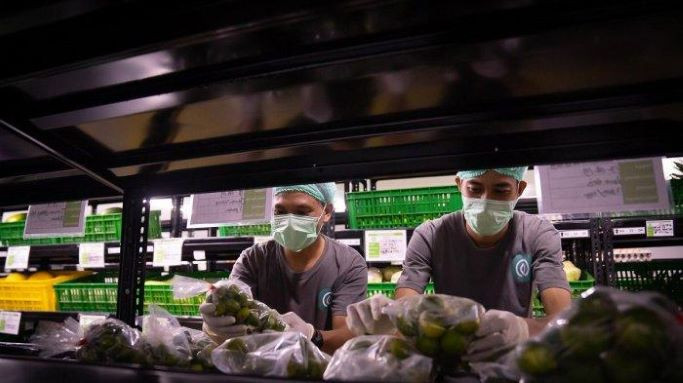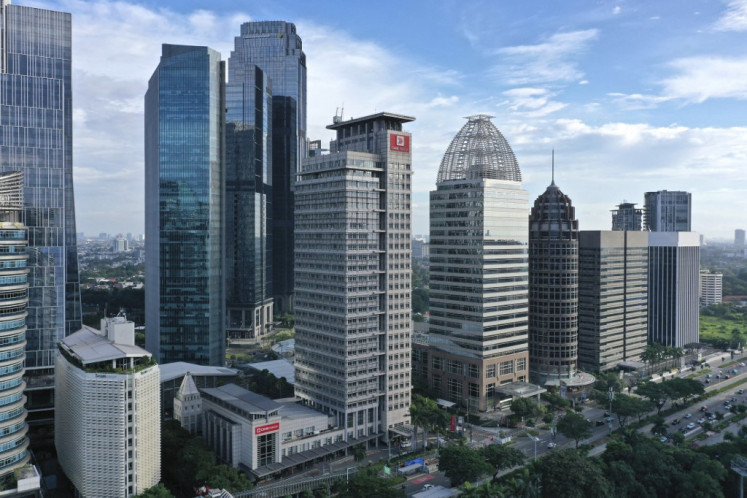Popular Reads
Top Results
Can't find what you're looking for?
View all search resultsPopular Reads
Top Results
Can't find what you're looking for?
View all search resultsGovt to develop border areas before 2014
The government plans to speed up economic development in regions bordering neighboring countries, boasting higher investment in infrastructure projects and cooperation with the private sector
Change text size
Gift Premium Articles
to Anyone
T
he government plans to speed up economic development in regions bordering neighboring countries, boasting higher investment in infrastructure projects and cooperation with the private sector.
The National Agency on Border Management’s (BNPP) deputy for border area management, Agung Mulyana said over the weekend that the government had selected eight regions of focus, including Entikong in Sanggau regency, West Kalimantan; Sintang in Sintang regency, West Kalimantan; Nanga Badau in Kapuas Hulu regency, West Kalimantan; Sebatik in Nunukan regency, East Kalimantan; Morotai Island in North Halmahera regency, North Maluku; and several other regions in Riau Islands province, East Nusa Tenggara province and Papua province
The government, Agung added, wanted to encourage investors to engage in wide-ranging infrastructure-development projects, including roads, ports and bridges located in those areas in a bid to boost regional economic activities and increase revenue for the respective local administrations.
“We’re waiting for the detailed, estimated investments for these projects from interested investors,” he told reporters during a press briefing hosted by the Indonesian Chamber of Commerce and Industry (Kadin).
Agung said the infrastructure projects were set to support the development of various economic centers, such as mining and industrial centers in Sintang, an area rich in mineral resources and palm oil production, and ecotourism in Batam, Riau Islands, which is slated to attract tourists from neighboring countries, such as Singapore and Malaysia.
Indonesia, an archipelagic nation with more than 13,000 islands, has 12 provinces bordering other countries, three of which have shared land borders with Malaysia, Papua New Guinea and Timor Leste. Poor infrastructure has for years impeded economic activities in border areas, sometimes causing local inhabitants to feel excluded from national development processes.
According to Agung, several investors have expressed an interest in participating in the regions’ development, with a dry-dock construction project planned in Entikong to back the government’s move to build five legal, cross-border offices along the Indonesia-Malaysia border, and a road linking Sintang and Nanga Badau to support an integrated cluster for the plantation and mining industries in the regions.
“The construction of the dry dock will begin in 2012, while the road project may start in 2013, as it is currently under a feasibility study,” he explained.
The construction of the dry dock will cost around Rp 100 billion (US$11.1 million), while the road construction will be part of the cluster’s infrastructure investment of Rp 5 trillion, according to Kadin’s deputy chairman for Indonesia’s central regions, Endang Kesumayadi.
Apart from the development in the border areas, Endang added, Kadin would encourage its members to invest in sea-border areas, such as the Subi Kecil in Riau Islands, Sebatik Island in East Kalimantan, Alor Island in East Nusa Tenggara and Malore Island in North Sulawesi, by building cold-storage facilities and auction centers.


